Face Shapes: The Pixie
The heart shaped face is up! Let's go over some of the pro's and con's of creating balance and definition with this petite pixie.
The Heart.
I refer to heart shaped faces as The Pixie, because they tend to be the most petite faces/canvases that we work on as artists. Also because the face is petite, the features often look bigger, lending them a doll-like appearance. A heart is wide at the top and tapers to a point. They are a universally recognized symbol, representing love, kindness, health and emotion. They have been used throughout history as relics, art, and iconic imagery. In animation, heart-faced people and animals are often seen as magical and mystical. Heart shaped faces tend to be seen as youthful, fun, quirky and lively.
Heart shaped faces are round on the top and angled on the bottom. They are similar in size to a round face but where round faces can look soft, a heart can seem sharp. Because they tend to be widest at the eyes and temples, the angle from the cheekbone to the chin can be strong. They can look hard if the cheek area is too contoured and the chin can look pointed. They are a unique combination of soft and angled, unlike the other shapes we have discussed so far.

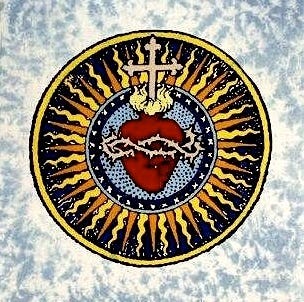
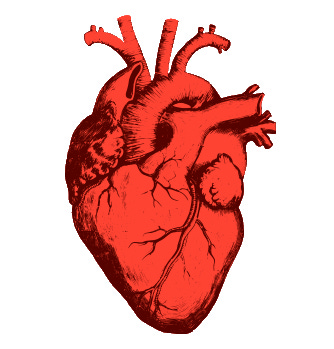
Hearts can also be thought of as inverted triangles, however they usually don’t have strong corners at the temple and along the forehead. Therefore, they are hearts. Accentuating the wide eye area and softening angles is key to balance with a heart.
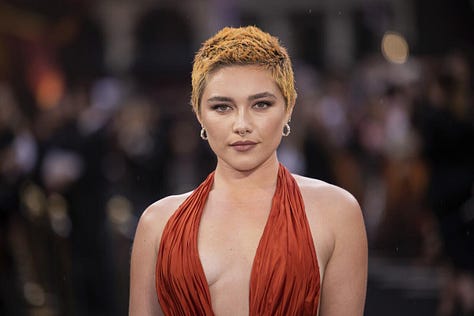
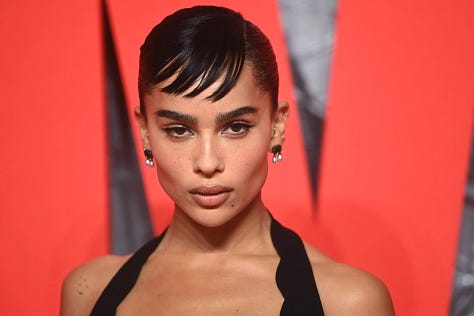
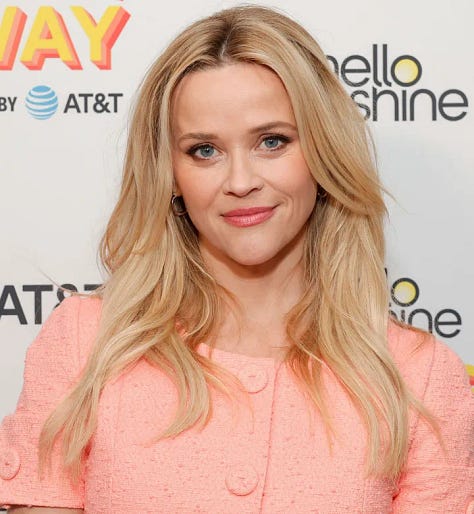
Determining Face Shape: The Basics
We determine face shape by following the edge of the face all the way around and seeing what it is closest to. Most people are not perfectly any particular shape, but usually lean towards one more than others. The options are: oval, round, square, heart, oblong or diamond. Heart shapes are usually not much longer than they are at their widest. They tend to be smaller faces. They are widest at the eye/temple area, rounded in the forehead and then angled to the chin. Vertically, I have found that hearts tend to be fairly even, although of course no one is perfectly symmetrical. Horizontally they tend to have one section that is smaller. (See Photo 2 + 3 below.)
We measure symmetry by drawing a line down the center of the face and then horizontally drawing two lines, one at the brows and the other at the bottom of where the cheekbones lay, close to the top of the lips. Vertical symmetry (photo 2) is determined by how wide each side of the face is and horizontal symmetry (photo 3) is determined by how tall each section of the face is. The more even these measurements, the more symmetrical the face.
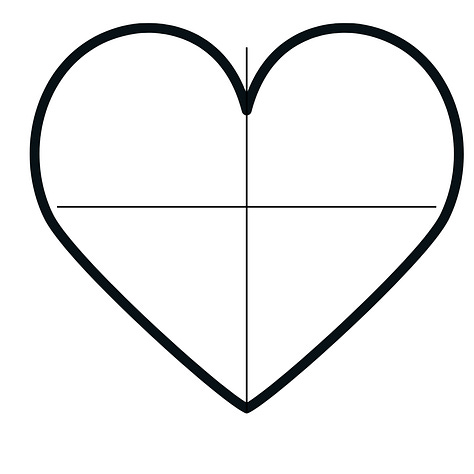
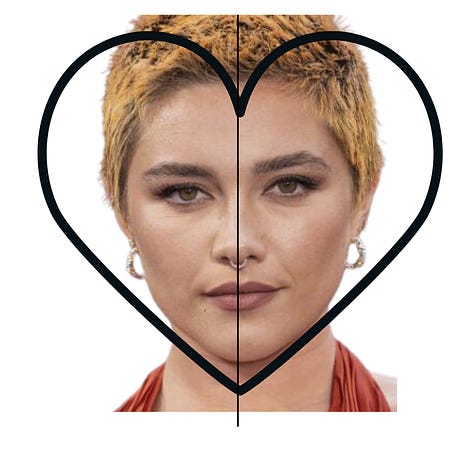

Keep reading with a 7-day free trial
Subscribe to Makeup Lessons & Color Theory to keep reading this post and get 7 days of free access to the full post archives.

